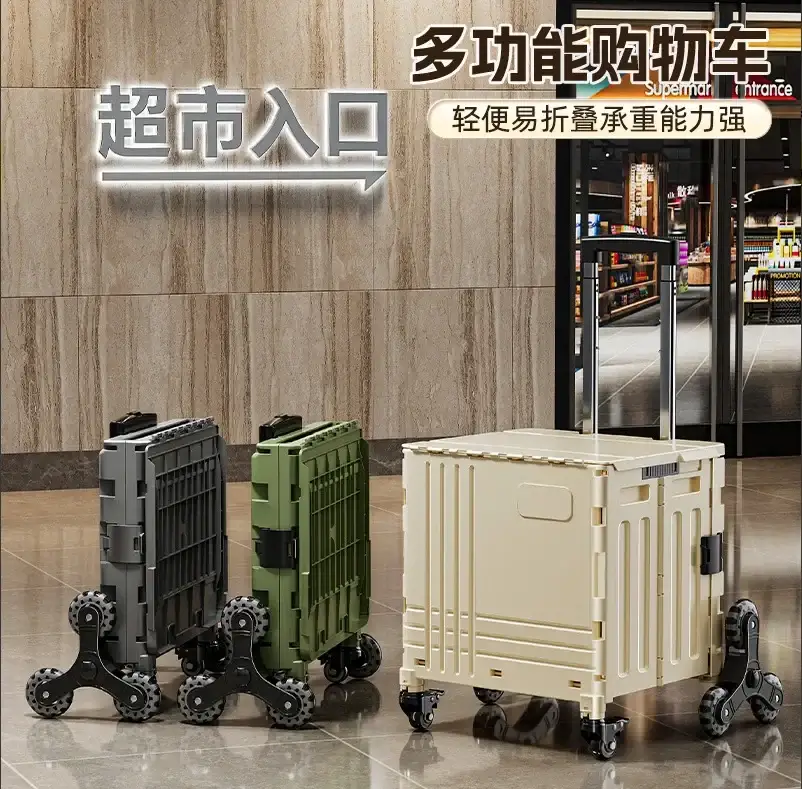When it comes to outdoor adventures, whether it’s a weekend camping trip or an extended hiking expedition, the reliability of your tent can make or break your experience. One of the most critical factors to consider when selecting a tent is its waterproof rating. But what exactly is the highest waterproof rating for tents, and how does it impact your outdoor experience? In this article, we will delve into the intricacies of waterproof ratings, the standards used to measure them, and how to choose the right tent for your needs.
Understanding Waterproof Ratings
Waterproof ratings for tents are typically measured in millimeters (mm) and indicate the amount of water pressure a fabric can withstand before it begins to leak. This measurement is derived from a standardized test known as the hydrostatic head test, where a column of water is placed on the fabric until water seeps through. The higher the number, the more water-resistant the material is.
- 1,000 mm: This is the minimum waterproof rating for a tent. It can withstand light rain but is not suitable for heavy downpours or prolonged exposure to moisture.
- 2,000 mm to 3,000 mm: Tents with this rating can handle moderate rain and are suitable for most camping conditions. They are ideal for weekend campers who may encounter occasional showers.
- 4,000 mm to 5,000 mm: Tents in this range are designed for serious adventurers and can withstand heavy rain and wet conditions. They are perfect for those who camp in regions known for unpredictable weather.
- 6,000 mm and above: Tents with ratings of 6,000 mm or higher are considered top-tier in waterproofing. These tents are engineered for extreme conditions, such as heavy rain, snow, and high humidity. They are often used by mountaineers and expedition campers who require the utmost protection from the elements.
The Highest Waterproof Ratings: What to Look For
While many tents on the market boast impressive waterproof ratings, it’s essential to consider other factors that contribute to a tent's overall performance in wet conditions. Here are some key features to look for:
- Fabric Type: The material of the tent plays a significant role in its waterproof capabilities. Nylon and polyester are common choices, with silicone-coated fabrics offering superior water resistance. Look for tents made from ripstop nylon or high-denier polyester for added durability.
- Seam Sealing: Even the most waterproof fabric can leak if the seams are not properly sealed. Tents with factory-sealed seams or those that feature a waterproof tape over the seams provide an extra layer of protection against water ingress.
- Rainfly Design: A well-designed rainfly can significantly enhance a tent's waterproof performance. Look for tents with a full-coverage rainfly that extends to the ground, as this helps to prevent water from pooling underneath the tent.
- Floor Material: The tent floor is often the most vulnerable area when it comes to water intrusion. A tent with a bathtub-style floor, which has raised edges, and a waterproof rating of at least 5,000 mm will provide better protection against ground moisture.
- Ventilation: While waterproofing is crucial, proper ventilation is equally important to prevent condensation inside the tent. Look for tents with mesh panels and adjustable vents that allow for airflow without compromising waterproofing.
Choosing the Right Tent for Your Needs
When selecting a tent, consider your specific camping needs and the environments you plan to explore. If you frequently camp in areas with heavy rainfall or snow, investing in a tent with a waterproof rating of 6,000 mm or higher is advisable. For casual campers who venture out occasionally, a tent with a rating of 2,000 mm to 3,000 mm may suffice.
Additionally, consider the weight and packability of the tent, especially if you plan to hike to your campsite. Lightweight, high-performance tents often come with a higher price tag, but they can provide peace of mind in challenging conditions.
Conclusion
Understanding the waterproof ratings of tents is essential for any outdoor enthusiast. The highest waterproof ratings, typically above 6,000 mm, offer unparalleled protection against the elements, making them ideal for extreme conditions. However, it’s crucial to consider other factors such as fabric type, seam sealing, and overall design when selecting a tent. By doing so, you can ensure that your camping experience remains enjoyable, regardless of the weather. So, gear up, choose wisely, and embrace the great outdoors with confidence!





+ There are no comments
Add yours